Capsicum, plant care and growing guide
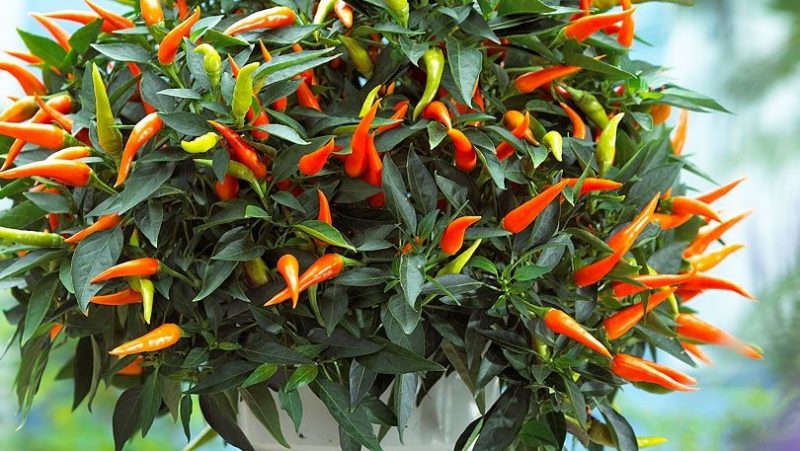
Ornamental pepper plants (Capsicum) are native to Central and South America. It is sometimes used as an ornamental plant, being decorative thanks to its fruits, which are differently colored: red, yellow, orange, or purple. It grows as a bush, and it has small dimensions, up to 20-50 cm. The leaves are intense green, oval-elongated, and sharp at the tips. It has insignificant flowers from an ornamental point of view, which are white and ephemeral. The fruits are small, have a conical or rounded shape, are green in the beginning, and as they ripen they become yellow, orange, red, or purple.
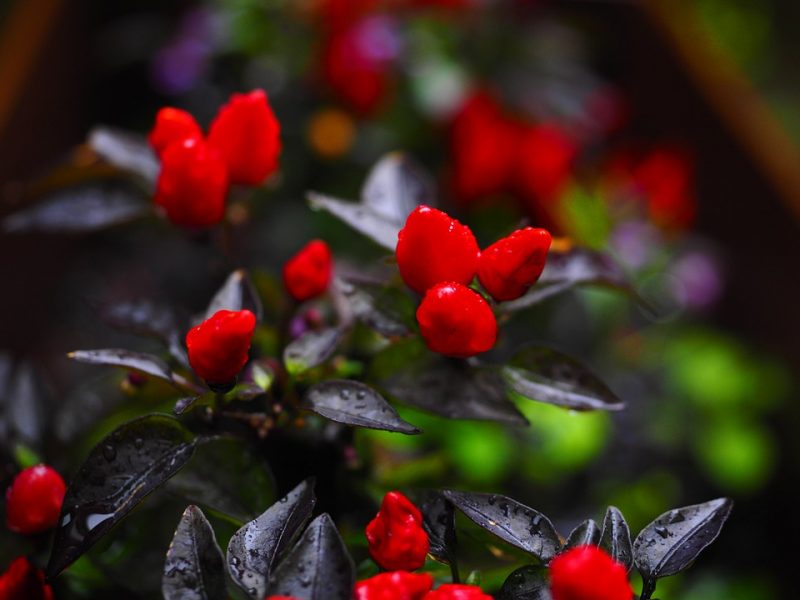
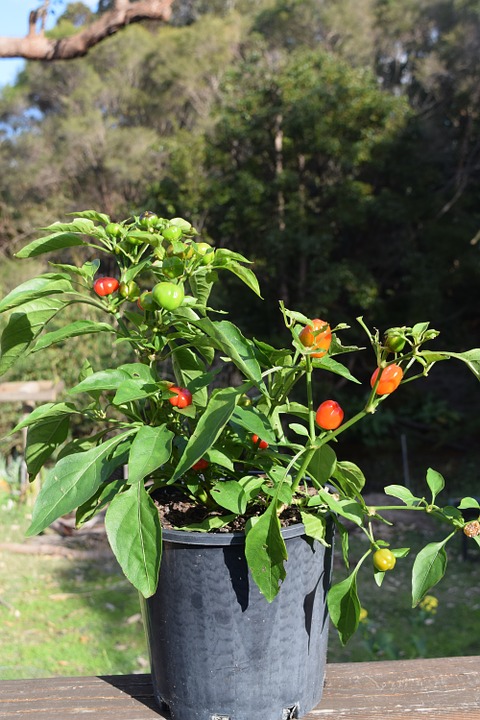
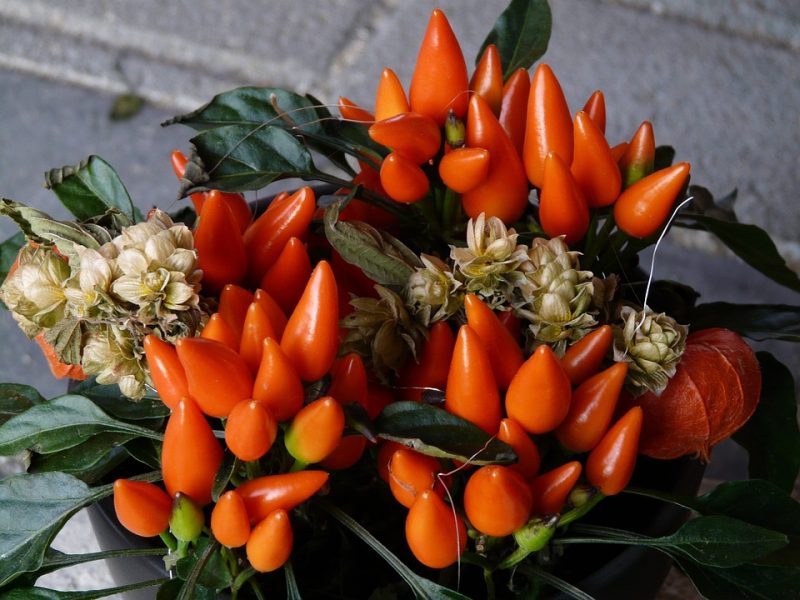
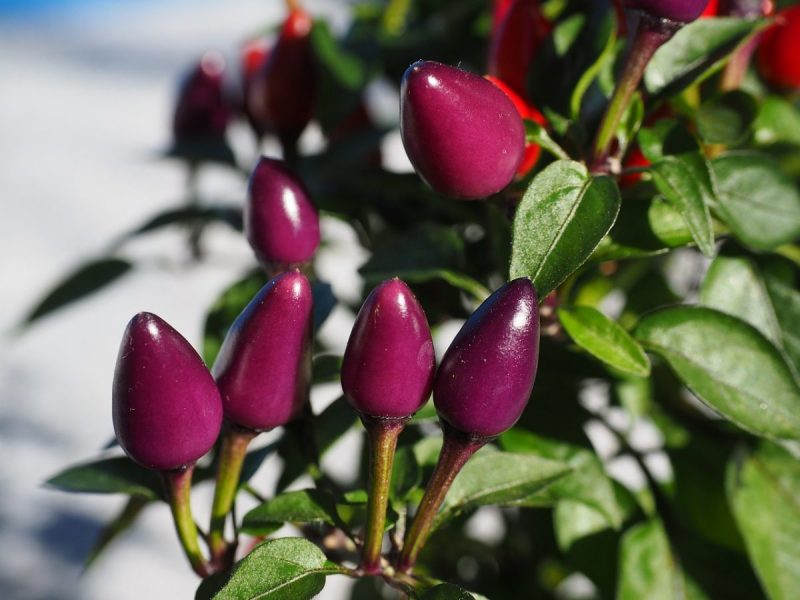
Species and varieties
The Capsicum annuum ornamental species have several varieties that differ in the shape of the fruit (round or elongated, sharp, bell-shaped).
Light. Capsicum plants prefer being placed in sunny places, with direct sunlight in the morning and afternoon. Insufficient light can affect the normal formation of flowers and fruits.
Temperature. It requires optimal temperatures of 18° C, maximum of 22° C during the warm seasons. In winter it should be kept in a cooler room, at temperatures of at least 13-15° C.
Humidity. Heat and dry air can lead to the falling of fruits, so at higher temperatures, it is recommended to spray the leaves in the evening.
Substrate. It does not have high demands regarding the substrate, but one with a heavier texture is preferred.
Recommended products
-
You can find products on a different store
Change Store -
You can find products on a different store
Change Store -
You can find products on a different store
Change Store -
You can find products on a different store
Change Store -
You can find products on a different store
Change Store -
You can find products on a different store
Change Store -
You can find products on a different store
Change Store -
You can find products on a different store
Change Store -
You can find products on a different store
Change Store -
You can find products on a different store
Change Store -
You can find products on a different store
Change Store -
You can find products on a different store
Change Store -
You can find products on a different store
Change Store -
You can find products on a different store
Change Store -
You can find products on a different store
Change Store -
You can find products on a different store
Change Store -
You can find products on a different store
Change Store -
You can find products on a different store
Change Store -
You can find products on a different store
Change Store -
You can find products on a different store
Change Store -
You can find products on a different store
Change Store -
You can find products on a different store
Change Store -
You can find products on a different store
Change Store -
You can find products on a different store
Change Store
Watering. During the hot season, watering should be done so that the soil remains permanently moist, but not wet. In winter, at lower temperatures, watering should be done less frequently (about once a week).
Fertilization. During the vegetative growth period, especially during fruit formation, liquid fertilizer for flowering plants or fertilizer for fruits/vegetables should be administered.
Recommended products
-
You can find products on a different store
Change Store -
You can find products on a different store
Change Store -
You can find products on a different store
Change Store -
You can find products on a different store
Change Store -
You can find products on a different store
Change Store -
You can find products on a different store
Change Store -
You can find products on a different store
Change Store -
You can find products on a different store
Change Store -
You can find products on a different store
Change Store -
You can find products on a different store
Change Store -
You can find products on a different store
Change Store -
You can find products on a different store
Change Store -
You can find products on a different store
Change Store -
You can find products on a different store
Change Store -
You can find products on a different store
Change Store -
You can find products on a different store
Change Store -
You can find products on a different store
Change Store -
You can find products on a different store
Change Store -
You can find products on a different store
Change Store -
You can find products on a different store
Change Store -
You can find products on a different store
Change Store -
You can find products on a different store
Change Store -
You can find products on a different store
Change Store -
You can find products on a different store
Change Store
Repotting. In spring, newly purchased plants should be moved to an appropriate pot.
Pruning. To develop a dense and compact bush, it is recommended to cut the tops of new shoots, above 3 or 4 basal leaves.
Propagation. Propagation can be done through seeds, which should be sown in spring, in March-April. Germination takes place at temperatures of 21° C and lasts for about 2 weeks. The obtained seedlings should be moved to pots after another two weeks.
Recommended products
-
You can find products on a different store
Change Store -
You can find products on a different store
Change Store -
You can find products on a different store
Change Store -
You can find products on a different store
Change Store -
You can find products on a different store
Change Store -
You can find products on a different store
Change Store -
You can find products on a different store
Change Store -
You can find products on a different store
Change Store -
You can find products on a different store
Change Store -
You can find products on a different store
Change Store -
You can find products on a different store
Change Store -
You can find products on a different store
Change Store -
You can find products on a different store
Change Store -
You can find products on a different store
Change Store -
You can find products on a different store
Change Store -
You can find products on a different store
Change Store -
You can find products on a different store
Change Store -
You can find products on a different store
Change Store -
You can find products on a different store
Change Store -
You can find products on a different store
Change Store -
You can find products on a different store
Change Store -
You can find products on a different store
Change Store -
You can find products on a different store
Change Store -
You can find products on a different store
Change Store
Diseases and pests. Mites and aphids can infest the plant, and among the diseases, Anthracnose and Powdery mildew can affect it.
In addition:
- although it can last in pots for many years, it is preferable to replace it every spring with a young one.
- flowering takes place in early summer, the fruits appear in summer and remain decorative until winter.
- the removal of dried fruits favors the development of young ones.
- yellowing and falling of the leaves is caused by high humidity in the substrate and by air that is too hot.















































































































































































































































































































































































































































